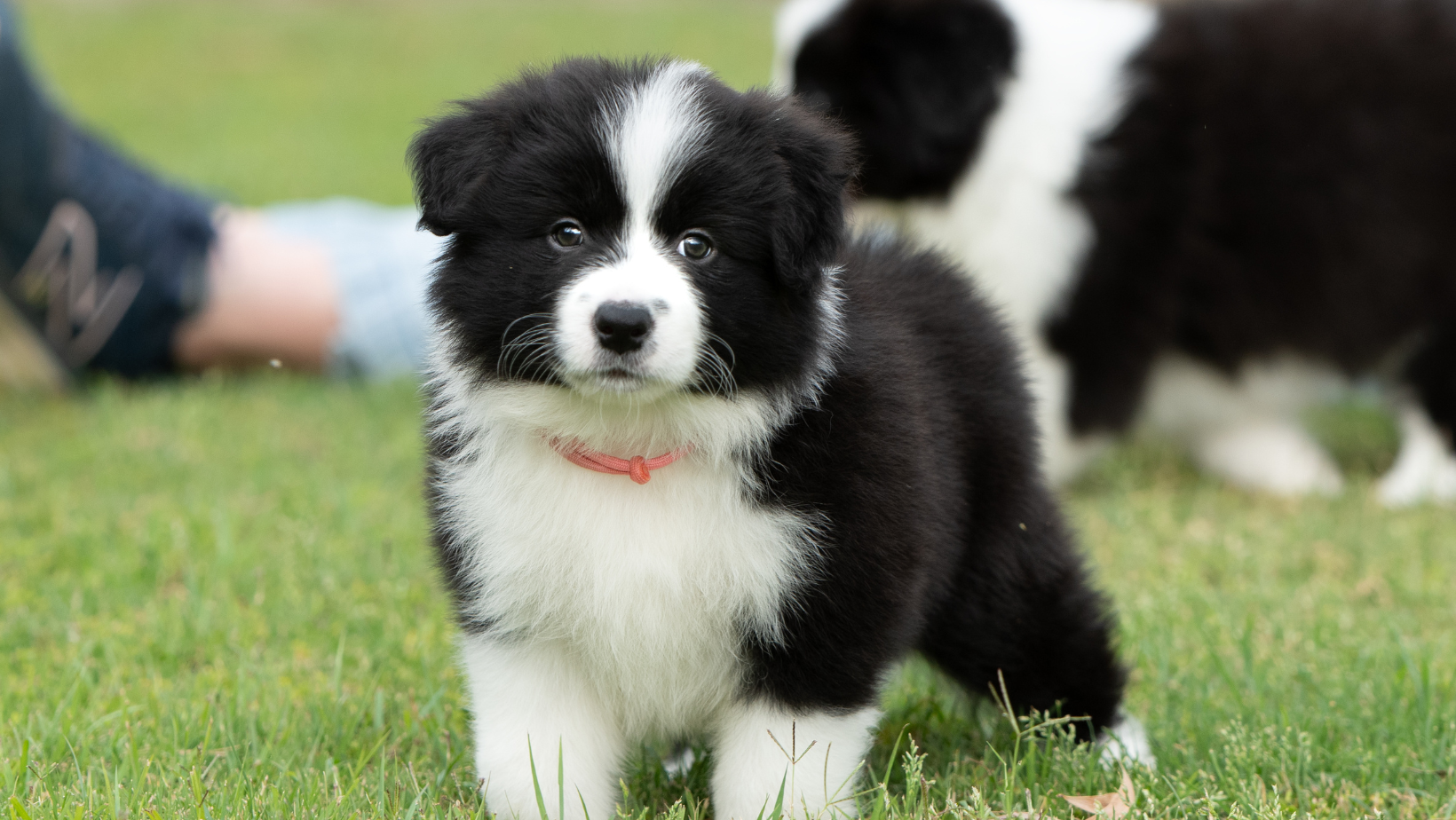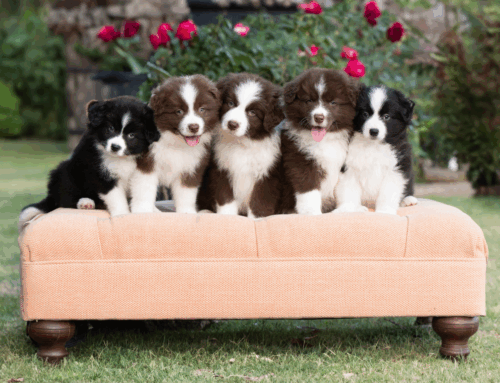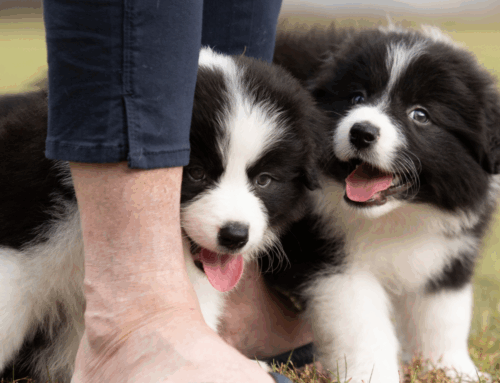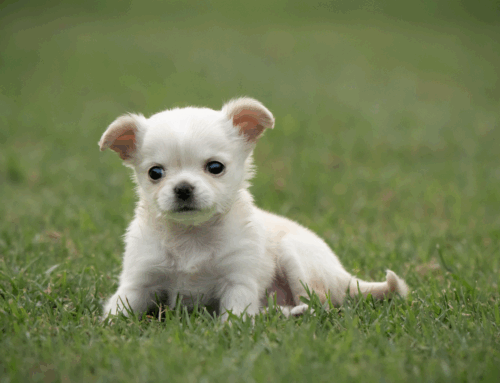
Why Training and Socialisation Matter for Your Puppy
Dogs and people live together, side by side, in the same homes, parks, and communities. Just like people need to learn how to behave in a way that fits into society, puppies must learn what is expected of them as they grow into well-mannered adult dogs.
From the moment your puppy joins your household, they are learning. They’re learning what is allowed, what gets praise, and what gets ignored. Like children, puppies thrive with boundaries, consistency, and clear rules.
That is why we strongly recommend starting puppy pre-school from 8 weeks of age. It’s one of the best investments you can make in your dog’s future behaviour and wellbeing.
The Value of Puppy Pre-School
At puppy school, your pup will:
- Learn basic commands in a positive, social environment
- Gain exposure to other dogs and people in a safe, structured setting
- Build confidence through consistent routine and gentle training
- It’s not just about obedience. It’s about socialisation and trust. You and your puppy will develop a bond that grows stronger through shared learning and quality time together.
If you need help finding a local puppy school or obedience club, reach out. We’re happy to help.
Teaching the Basics at Home: Heel, Stay, Wait and Recall
Once you start training at home, these four foundation skills will support everything else you teach your dog throughout their life.
HEELING
Teaching your dog to heel is one of the most rewarding exercises you can do. A calm, controlled walk should be enjoyable for both of you.
How to teach your pup to heel:
- Use a collar and lead (we do not recommend body harnesses)
- Start in a small space, like beside your garage or along a fence
- Pup should be on your left side
- Step off with your left foot and say “heel”
- Take a few steps, stop, and ask for a sit
- Use only one command at a time
- Use praise, food rewards, or toys to motivate
Repeat this in short bursts of 5 to 10 metres. Turn and go back to where you started. Your pup will begin to focus on you and stay close at your side.
Important tip:
- Use your left foot to start “heel”
- Use your right foot to start “stay” or “wait”
This helps your pup learn your body cues and predict what is coming next.
STAY vs WAIT: Know the Difference
These two commands are often confused but serve different purposes.
STAY
- Used when you want your puppy to remain in one position until you return
- Put the pup in a sit, stand, or drop
- Leave using your right foot and say “stay”
- Face your pup directly and wait 30 seconds before returning
- Increase distance slowly over multiple sessions
If your pup moves, calmly return them to the exact spot and start again. This is about patience and consistency.
WAIT
- Used for short-term holds where your pup can be released by command
- Helpful for feeding time or asking them to wait in a specific spot
- Use a right foot lead and say “wait”
- Place food or walk away, then release them with “ok” or a release word
Important: Don’t use “come” as a release word. That is reserved for the recall exercise.
RECALL
A solid recall can be lifesaving. It’s what allows you to safely call your dog back, even with distractions around.
How to teach recall:
- Begin with your pup in a sit/stay position on lead
- Walk away using your right foot, then turn and face your pup
- When ready, call them with a happy “come” and back up a few steps to encourage them
- Your pup should run to you and sit in front when they arrive
Always use lots of praise and keep your voice excited. This should be a joyful experience for your dog.
Final Thought
Training your puppy isn’t just about commands. It’s about communication, confidence, and building trust. Whether you’re preparing for competitive obedience or just want a polite dog that’s easy to live with, these early steps make all the difference.





